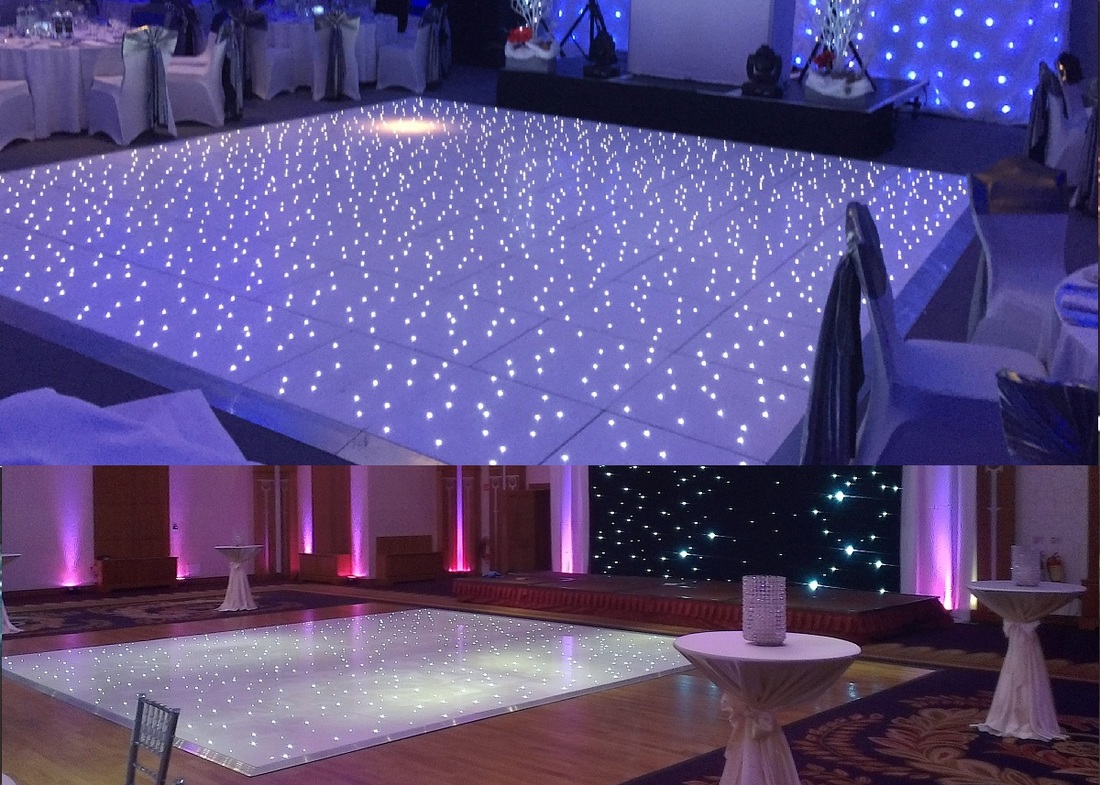Brightening Innovation With Hue Principles in LED Dance Surface Creations
Brightening Innovation With Hue Principles in LED Dance Surface Creations
Blog Article
Color concept represents an important aspect of aesthetics, particularly as it relates to creating light-emitting diode dance floors. The interplay of colors can greatly influence the atmosphere and vibe of a space. By grasping how hues work together, creators can craft an environment that improves the total encounter for dancers. This piece explores the fundamentals of hue principles and its application in light-emitting diode dance surface layouts.
The primary hues are red, azure, and golden. These hues cannot be created by mixing other colors together. Secondary colors, such as emerald, tangerine, and violet, are created by mixing primary colors. Tertiary colors are formed by combining a primary hue with a intermediate color. Grasping these fundamental relationships helps designers select colors that complement one another and create a aesthetically pleasing display. Combining these colors on an LED dancing surface can lead to vibrant and exciting effects that capture the focus of dancers.
Hue value also plays a crucial part in design. Colors can be classified as hot or chill. Hot hues, such as red, tangerine, and golden, tend to evoke emotions of excitement and heat. In opposition, chill colors like azure, emerald, and violet typically generate a serene and soothing atmosphere. Designers can utilize these hue values to establish the mood for different types of occasions. For example, a celebration atmosphere may benefit from warm colors that invigorate the audience, while a further relaxed event might use chill hues to offer dance floor rental for fashion shows a calming effect.
In addition to hue pairings and value, luminosity and saturation are vital elements to take into account. Luminosity denotes to how light or dark a hue looks, while saturation indicates the check intensity of a color. Vivid, saturated hues can generate a lively and lively atmosphere, ideal for dancing floors. On the other hand, gentler, lower saturated colors can generate a further muted environment. By manipulating brightness and intensity, creators can draw focus to specific areas of the dance surface or create visual routes, leading dancers through the space.
Finally, it is essential to consider the psychological impacts of color in LED dancing surface designs. Various colors can elicit various emotions and reactions. For instance, red is often linked with zeal and energy, while blue can be soothing and tranquil. Grasping these associations allows creators to tactically apply hues to influence the behavior of participants. Through integrating hue principles into LED dance surface layouts, designers can enhance the total encounter, making it unforgettable and pleasurable for all involved.